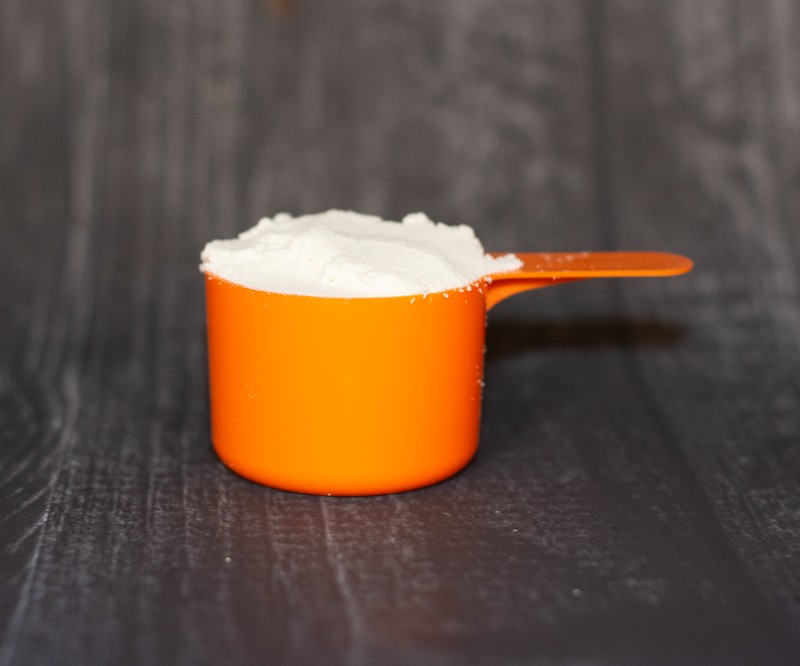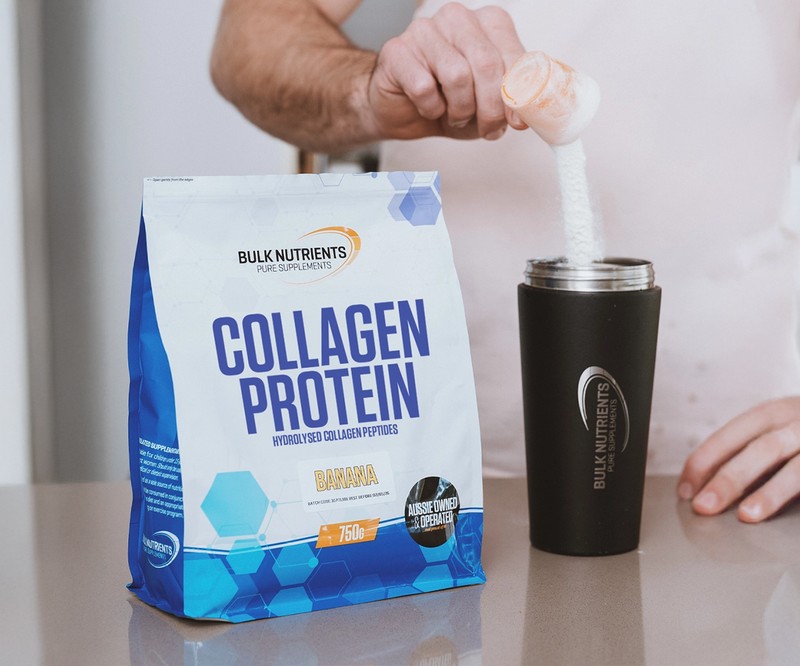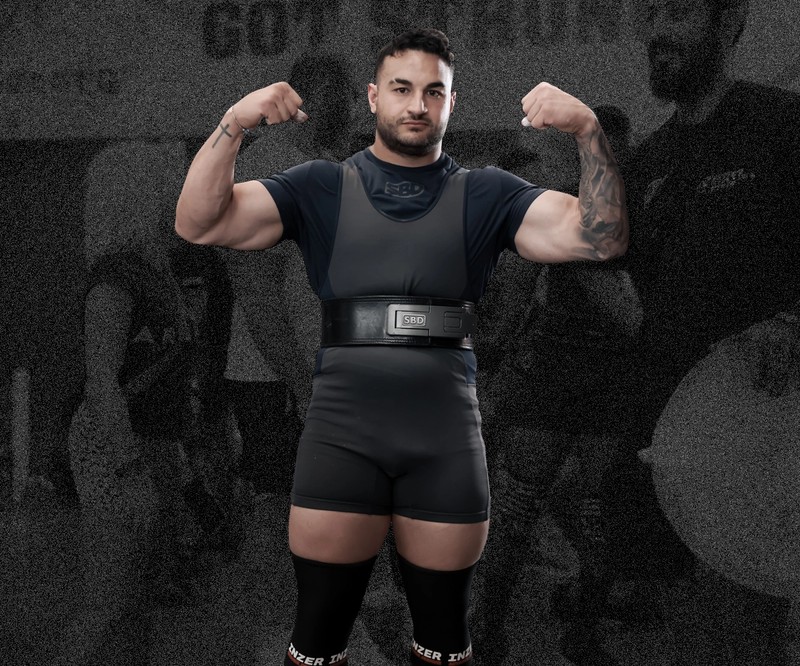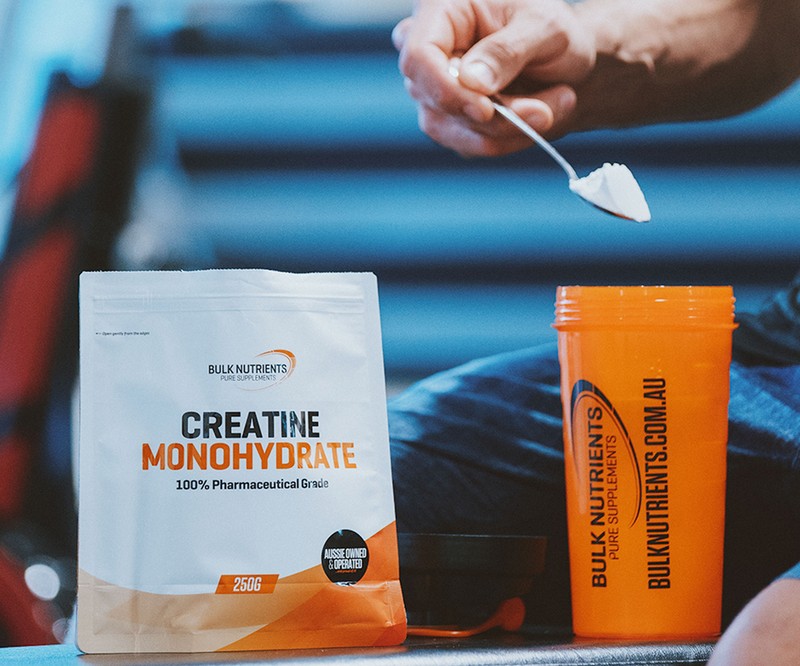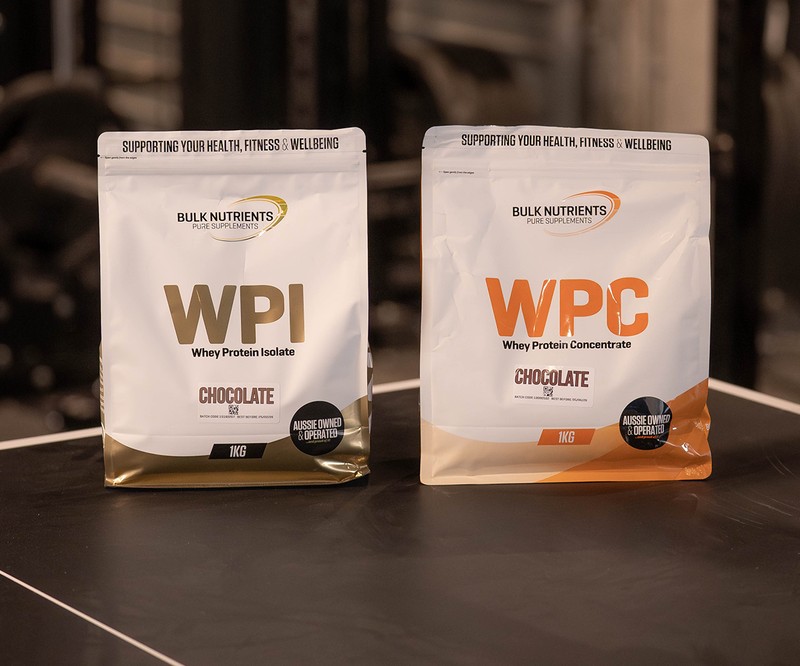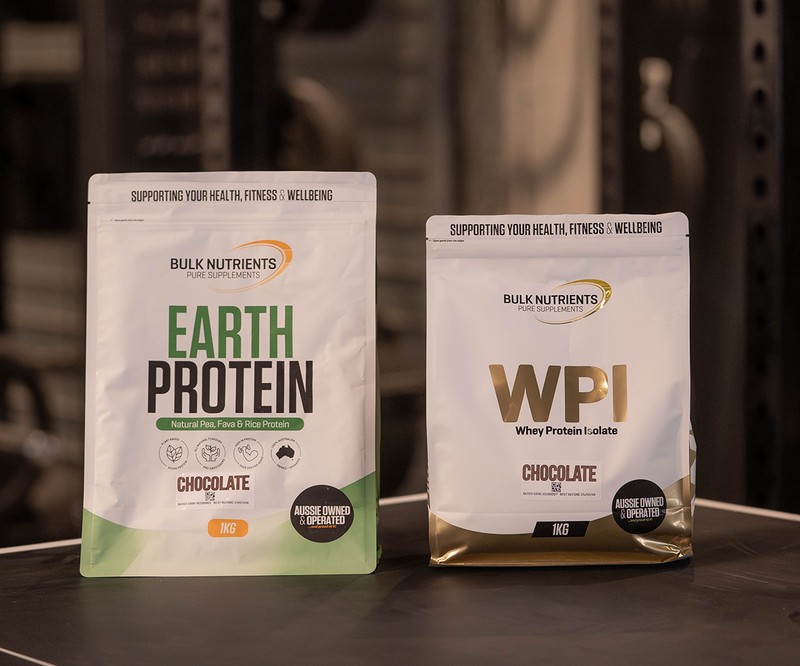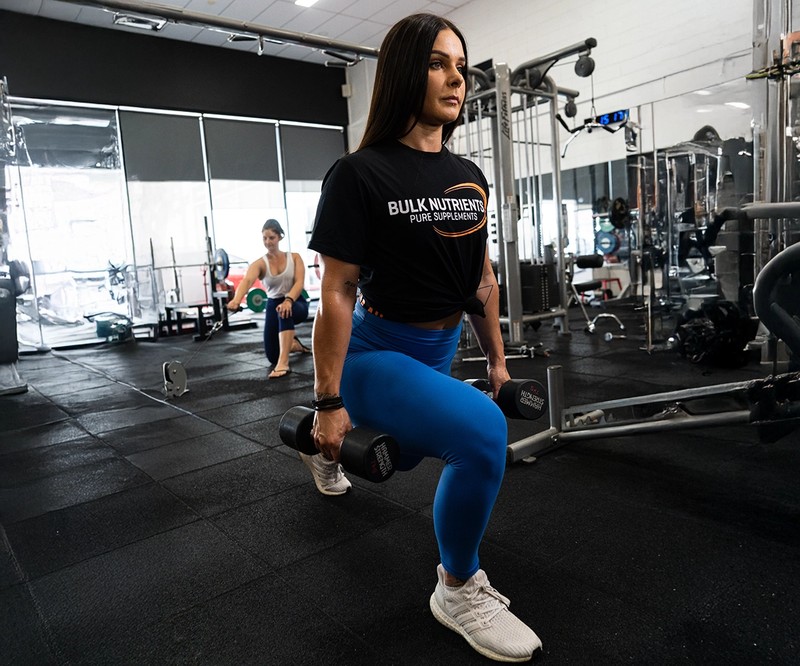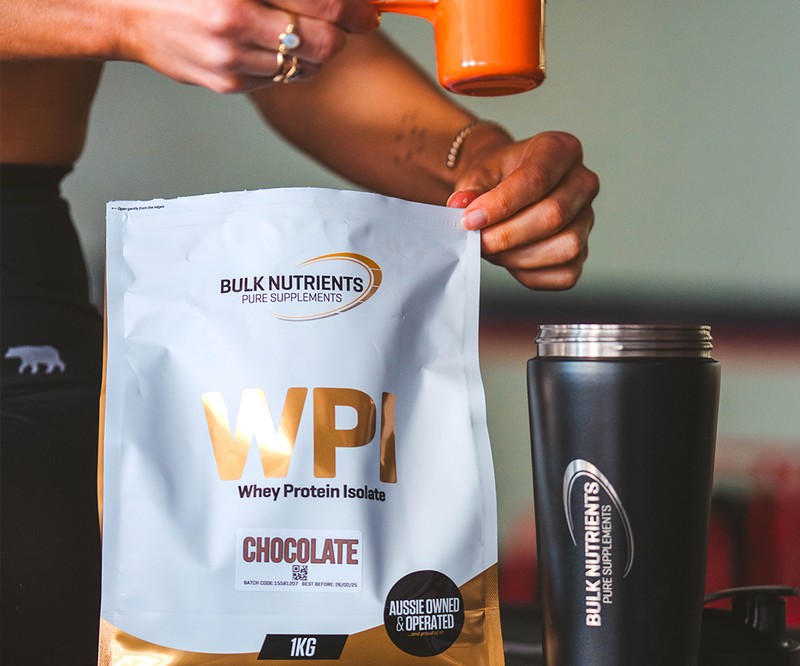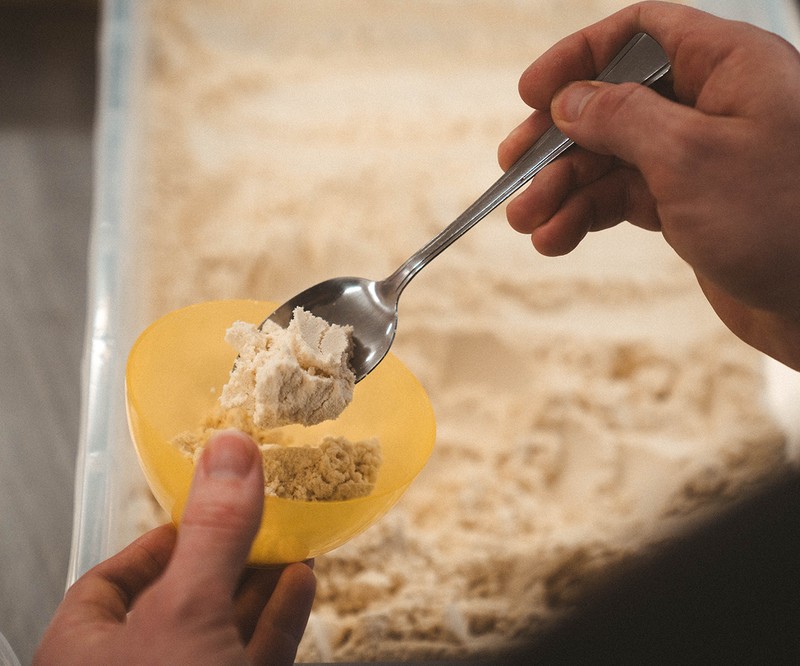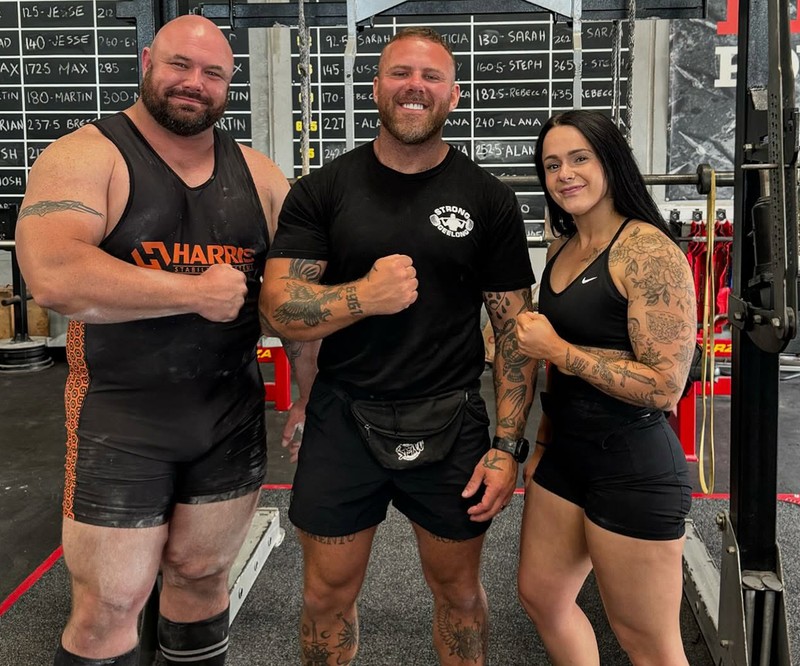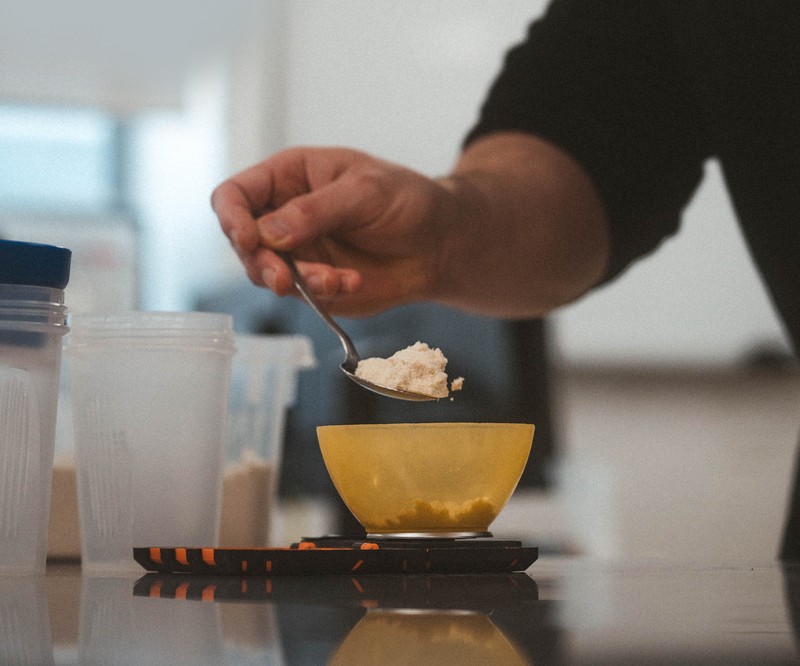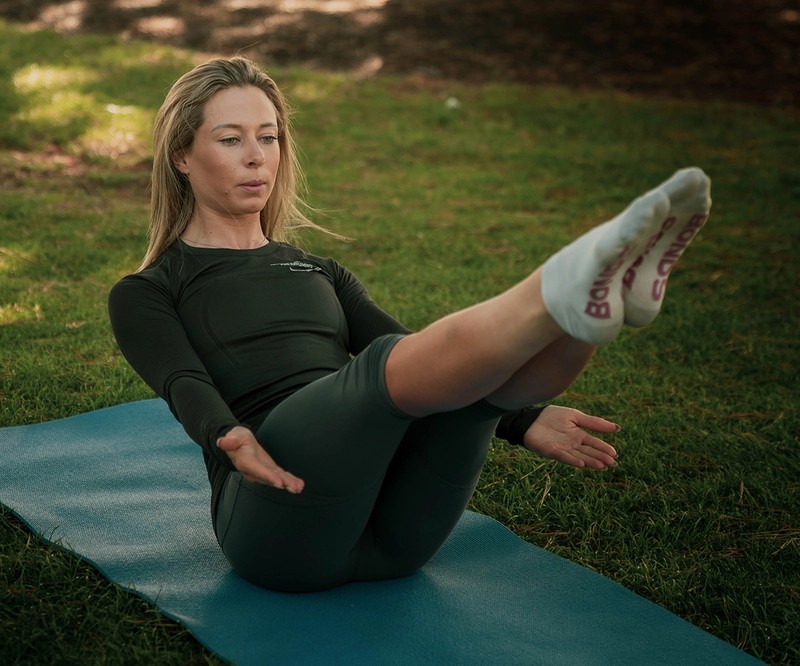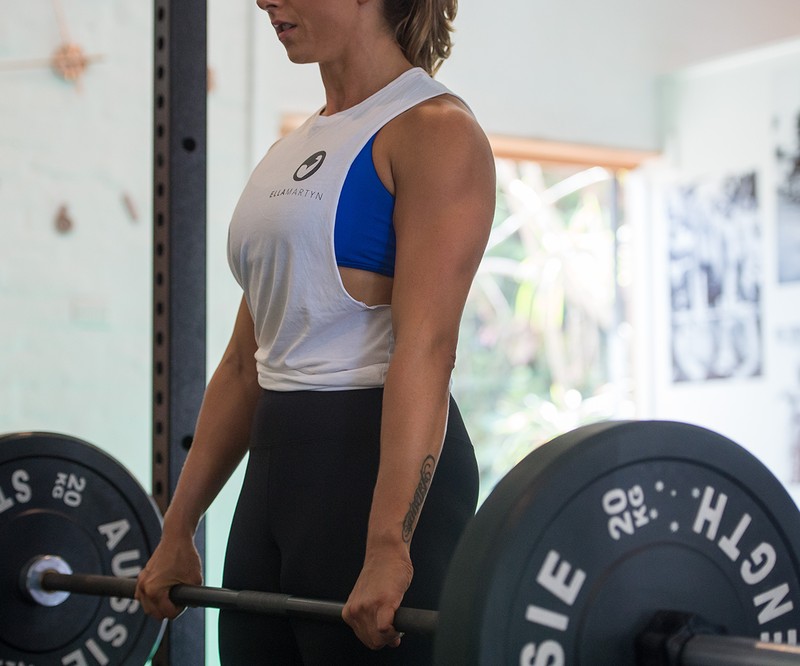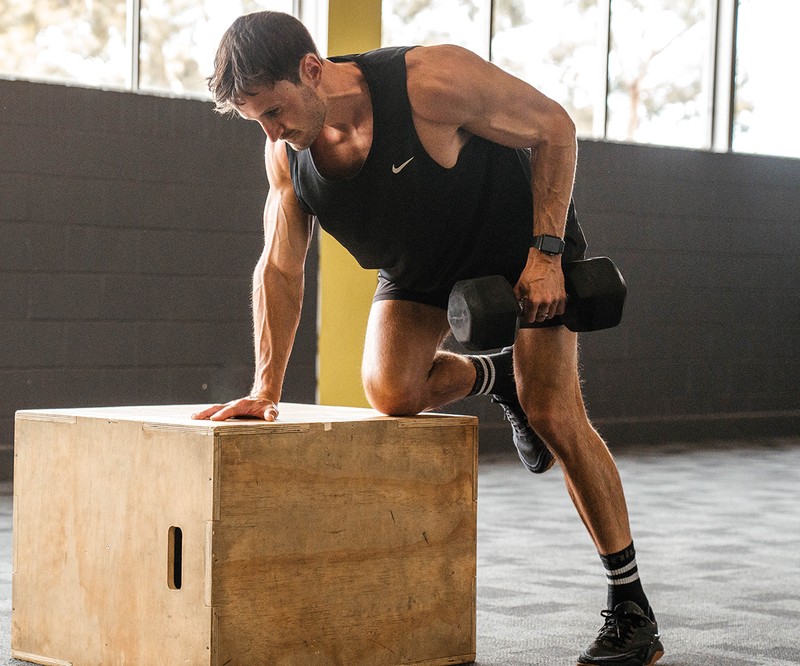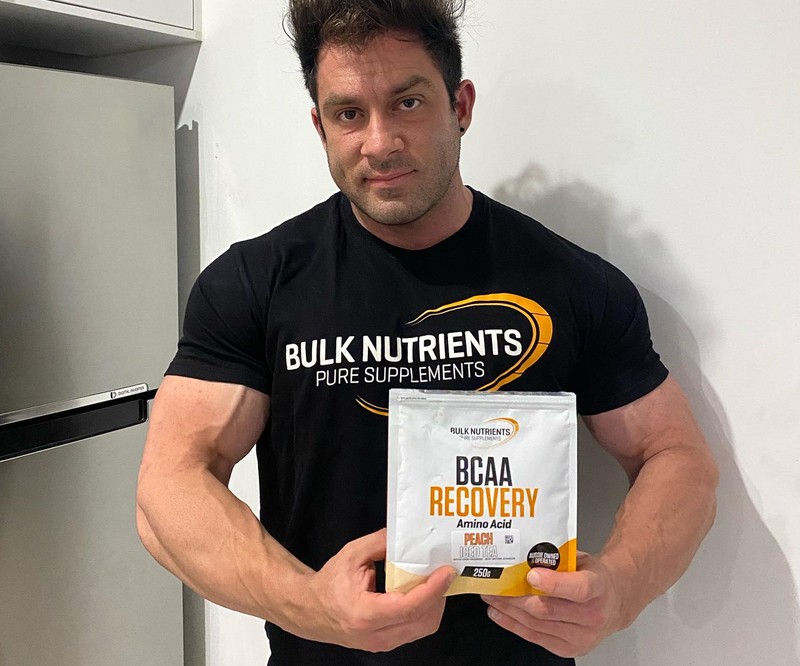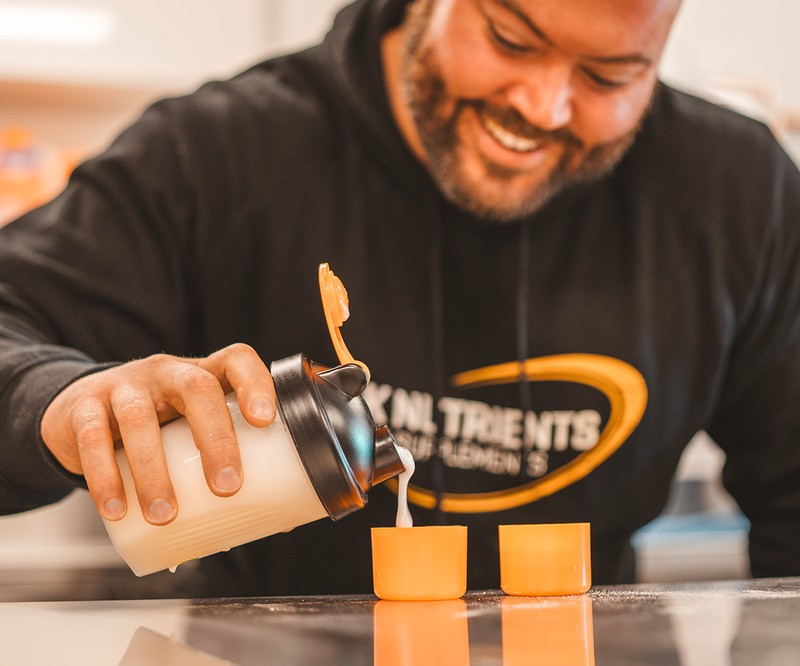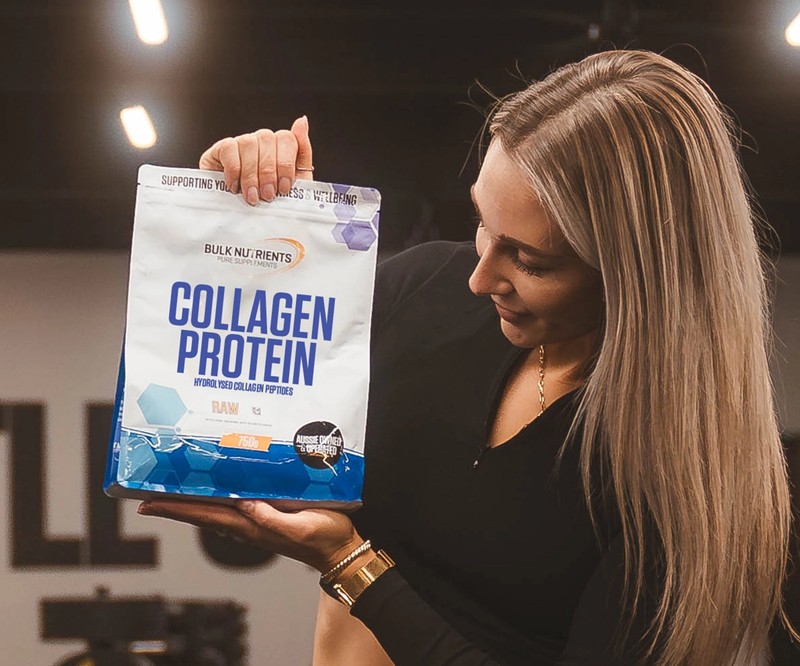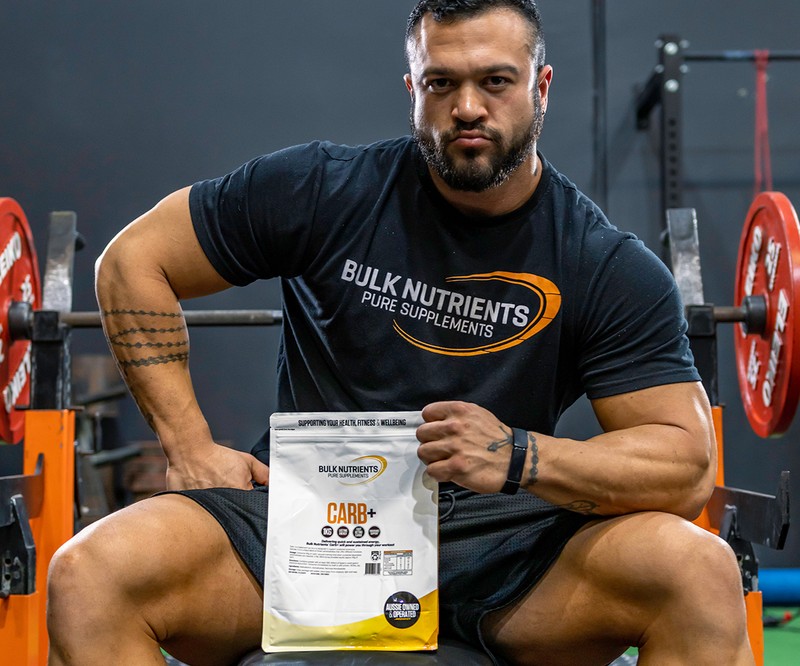Are Squats or Hip Thrusts Better for Glutes?
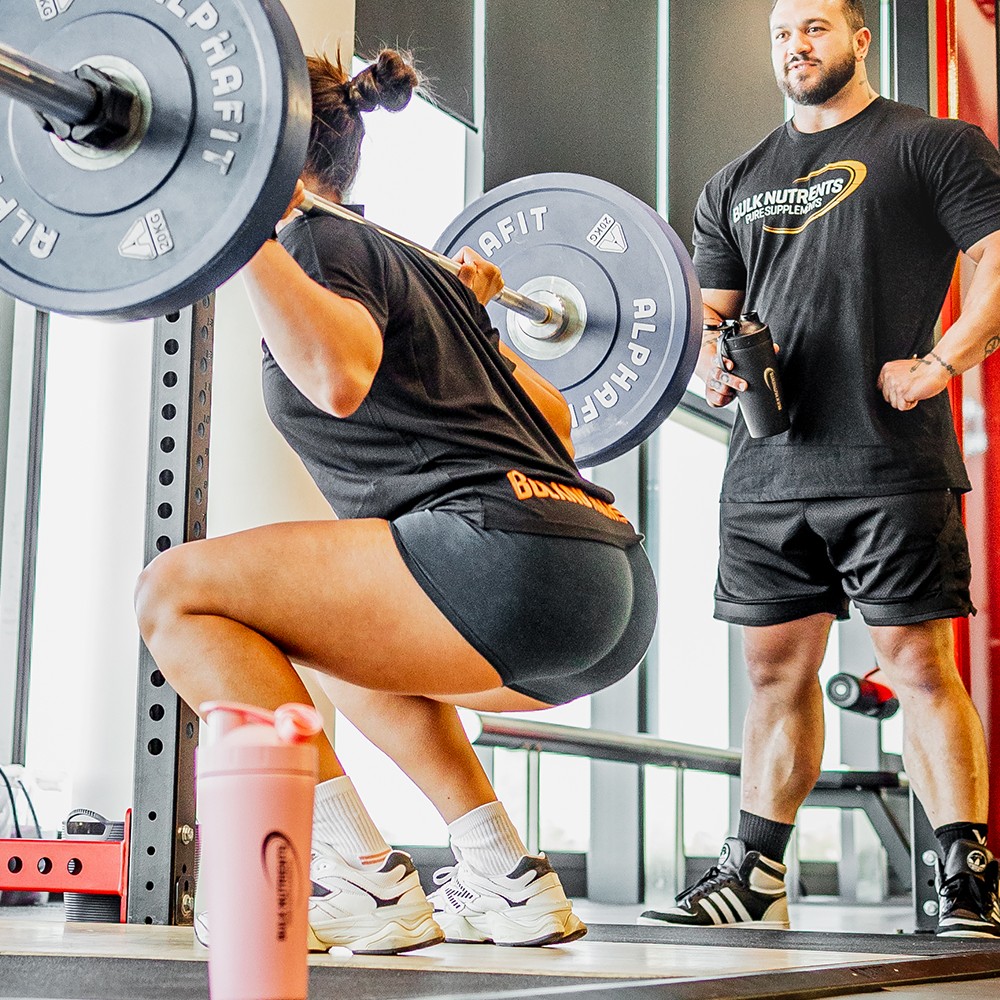
How to grow a booty: The best exercise for glute growth?
To discover the best possible answer, we must first take a look at the research that has made hip thrusts even relevant in the first place.
The bulk of science favouring hip thrusts over squats involves the use of electromyography research (EMG), which involves the analysis of muscle activity through the use of electrodes during exercise. Scientists simply place small needles (also called electrodes) on muscles and measure how hard and how much they’re working.
But it’s not always as accurate as alternative measures.
For example, MRI (magnetic resonance imaging) directly examines peripheral changes. Moreover, ultrasound is more effective than EMG at evaluating more muscle fibers.
- EMG: Tells us how much the muscle is being activated
- Ultrasound: Can measure muscle growth directly after a period of exercise
Research shows that MRI and EMG complement each other. So they both have their advantages when we’re learning about muscle activation in various exercises. But the bottom line is that ultrasound reigns supreme or a definitive answer.
So with all the previous EMG research favouring hip thrusts over squats, a recent study wanted to put these (rather questionable) findings to the test, and this time utilising ultrasound to measure muscle growth.
The best exercises for booty building
The researchers had advanced female trainers perform both hip thrusts and deep squats for 12 weeks, measuring their “1 Rep Max” (1RM) and respective muscle growth in hopes of coming to an accurate answer.

And they found that hip thrusts were shown to induce significant improvements in both strength and glute size.
Ok, so is that it? Should hip thrusts take the lead in glute growth?
Well, not exactly...
Because the study later showed that when it came down to overall glute growth and muscle thickness, squats knocked hip thrusts out of the park!
Glute growth in squats were more than double hip thrusts.
So how can this be?
Put simply, EMG ain’t as good as ultrasound as previously mentioned. Knowing how much a muscle is being activated DURING a lift doesn’t mean it will necessarily grow at the same rate after the fact.
Moreover, EMG research favours movements with a shorter range of motion.
As seen in further research, muscle growth is best optimised under increased “time under tension”, which is exactly why squats are the superior exercise.
The longer range of motion and muscle-building effects of squats are not properly picked up by EMG-related studies.
Booty building workouts: What should our programs look like?
So what are the practical implications of this? Should we just ditch hip thrusts and praise squats as the one true glute-building exercise?
Well, no.
You can complement your workouts and maximise your glute growth by making sure that you perform both squats and hip thrusts.
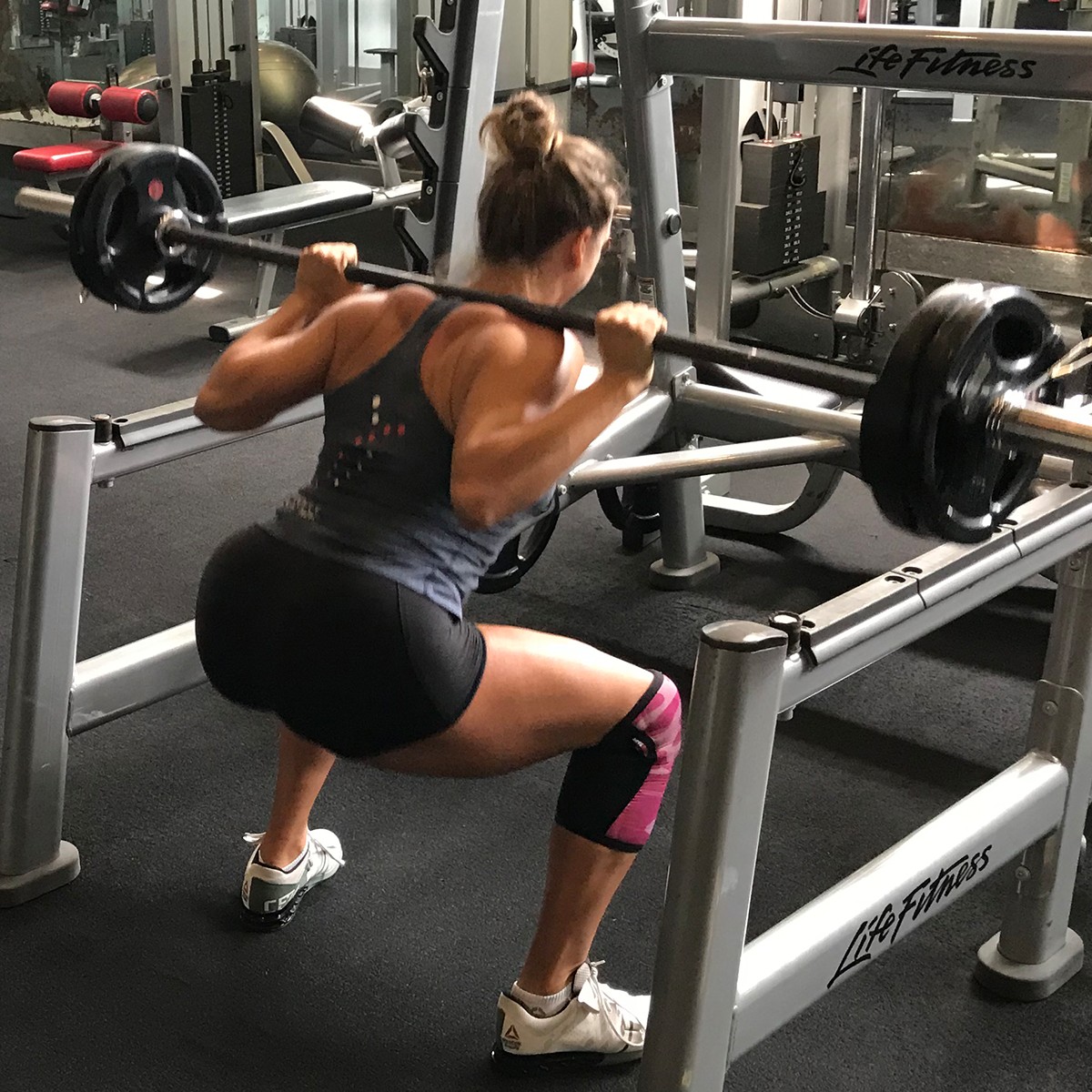
Let's take a look at a real-world example of Bulk Nutrient’s customer “Rachel”, who is trying to grow her glutes and quads as much as possible:
Rachel’s Quad/Glute Workout:
- Back Squats:
- 1st set: 12 reps
- 2nd set: 10 rep
- 3rd set: 8 reps
- 4th Set: 6 reps
- 5th set: 6 reps
- Hip Thrusts:
- 1st set: 12 reps
- 2nd set: 12 reps
- 3rd set: 10 reps
- 4th set: 8 reps
- 5th set: 6 reps
“Rachel’s” sets and reps largely follow the aforementioned study that observed both strength and hypertrophy gains in the glutes.
So what we can take away is that squats are better, even though everyone seems to perform hip thrusts and swear they’re better because they “isolate” the glutes more. But in the world of science, what looks better doesn’t always translate into better.
It’s important to know that whilst electromyography has its place, ultrasound is a far better way to measure actual muscle growth as opposed to simple muscle activation.
To maximise glute development, be sure to perform both exercises. But be sure to favour squatting where applicable, and you’ll be well on your way to growing the booty you want!
Further Reading at The Four Best Exercises for Glute Growth.
References:
- Barbalho M, Coswig V, Souza D, Serrão JC, Hebling Campos M, Gentil P. Back Squat vs. Hip Thrust Resistance-training Programs in Well-trained Women. Int J Sports Med. 2020 May;41(5):306-310. doi: 10.1055/a-1082-1126. Epub 2020 Jan 23. PMID: 31975359.
- Duarte ML, Jared W, Oliveira ASB, Dos Santos LR, Peccin MS. Ultrasound versus electromyography for the detection of fasciculation in amyotrophic lateral sclerosis: systematic review and meta-analysis. Radiol Bras. 2020;53(2):116-121. doi:10.1590/0100-3984.2019.0055
- Hug F, Bendahan D, Le Fur Y, Cozzone PJ, Grélot L. Heterogeneity of muscle recruitment pattern during pedaling in professional road cyclists: a magnetic resonance imaging and electromyography study. Eur J Appl Physiol. 2004 Jul;92(3):334-42. doi: 10.1007/s00421-004-1096-3. Epub 2004 Apr 20. PMID: 15098128.
- Krzysztofik M, Wilk M, Wojdała G, Gołaś A. Maximizing Muscle Hypertrophy: A Systematic Review of Advanced Resistance Training Techniques and Methods. Int J Environ Res Public Health. 2019;16(24):4897. Published 2019 Dec 4. doi:10.3390/ijerph16244897
- Price TB, Kamen G, Damon BM, Knight CA, Applegate B, Gore JC, Eward K, Signorile JF. Comparison of MRI with EMG to study muscle activity associated with dynamic plantar flexion. Magn Reson Imaging. 2003 Oct;21(8):853-61. doi: 10.1016/s0730-725x(03)00183-8. PMID: 14599535.
- Toledo DO, Silva DCLE, Santos DMD, et al. Bedside ultrasound is a practical measurement tool for assessing muscle mass. Ultrassom à beira do leito como ferramenta prática para avaliação da massa muscular. Rev Bras Ter Intensiva. 2017;29(4):476-480. doi:10.5935/0103-507X.20170071
Related Blogs

Scientific Booty Building We Can Learn From Instagram Girls
Posted by Bulk Nutrients
Estimated reading time: 6 minutes

Bulletproof Tips for Guaranteed Booty Growth
Posted by Bulk Nutrients
Estimated reading time: 5 minutes
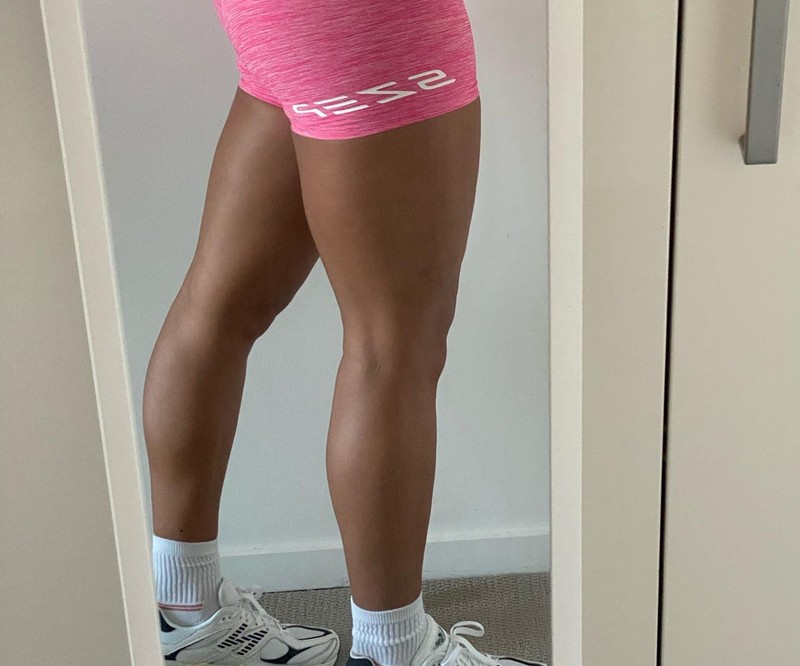
The Four Best Exercises for Glute Growth
Posted by Bulk Nutrients
Estimated reading time: 5 minutes


